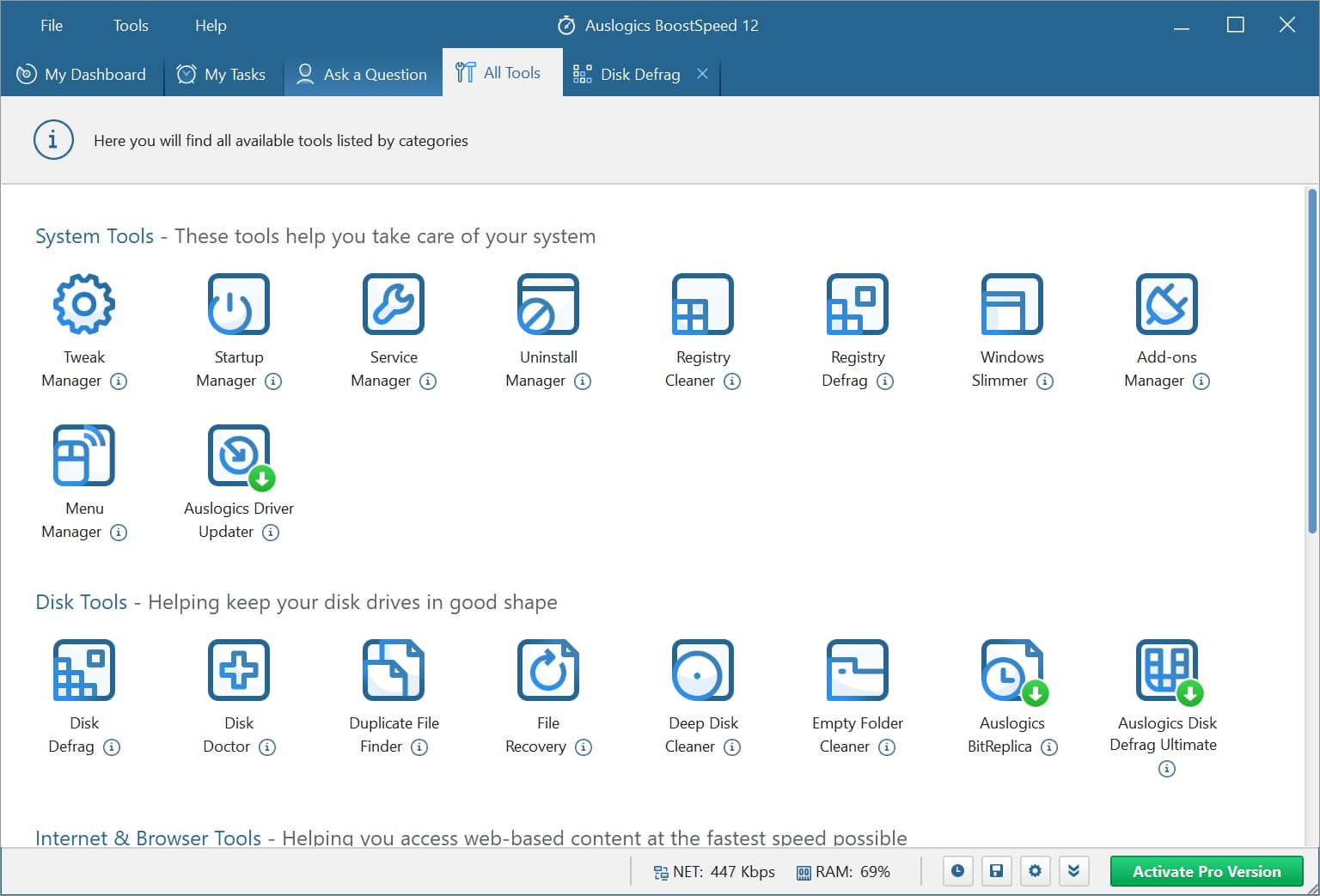
What cloud transformation means for your legacy systems
With Salesforce purchasing Slack for $27.7 billion and Microsoft Teams reporting over 115 million daily users, the market for collaboration tools is proving that they are here to stay. With the ubiquity of remote work, companies are reliant on sharing data outside of the traditional, on-premises network to reach employees in their homes. Accordingly, for organizations to optimize their communication platforms’ utility, data policies should allow remote access to files. Consequently, lots of organizations have been forced into accelerating their cloud adoption to meet the needs of their remote workforce, leaving the question: what is to become of legacy systems?
While there is a lot of thought being given to new cloud initiatives, this narrow focus can sometimes let legacy data and systems fall by the wayside. Data regulations do not only pertain to the storage of new information, but they also mandate the proper storage of data from recent years past. Consequently, while it is critical during cloud transition to consider how to defensibly govern data remotely, consideration must also be given to how to scrub, remove, change, delete, and recall data in legacy systems as well. If you cannot access user records, personal data, corporate regulatory data, and legal requirements, then simply storing it is pointless as it fails to meet the demands of regulators. As we have recently seen from the EU’s General Data Protection Regulation and the California Consumer Privacy Act, any customer may request that an organization produce their stored personal data, and not meeting these requests can cost millions.

What does the future of shopping hold in the fashion industry?
Over the course of 2020, the way we shop has changed forever. Although many new shopping trends are a direct result of COVID-19 and brands adapting to life in lockdown, countless changes in the fashion industry were already underway. An overwhelming switch to e-commerce, for example, has only been accelerated by the pandemic. Today, over 25 percent of the world's population shops online. The numbers of consumers flocking to landing pages is only set to increase.
With this dynamic shift to online shopping and exciting technological innovations becoming available to brands all the time, the world of fashion and e-commerce is evolving and adapting at an impressive rate. Gone are the days of mass shopping in the traditional way. Instead, brands are utilizing tech to create personal, immersive, and remote shopping experiences. 80 percent of online consumers stating that new tech is improving their shopping experience. So, it appears that the fashion world is certainly heading in the right direction.

Overcoming COVID-19: What finance leaders at recently-funded tech startups have learned so far
There’s no doubt that 2020 has been a testing year for everyone. According to data from PwC, 53 percent of CFOs expect a decrease in revenue and/or profits of up to 25 percent as a direct result of COVID-19. For many tech startups, that’s the difference between staying alive and closing for good.
With such uncertainty in the air, leadership teams have had to act fast and rethink their entire strategy.

Auslogics launches BoostSpeed 12 and Defrag 10 to accelerate your computer
It's a sad fact of life that the lightning-fast computer you bought recently will slow down. But the fact that things are feeling more sluggish than they used to does not mean that you need to rush out and buy a new computer, or even upgrade your hardware -- a little software-driven optimization may be all you need.
With the newly launched BoostSpeed 12 and Defrag 10, you have everything you need to give your computer the injection of speed it needs. Both have a great range of new features and options that will prove tempting to existing users and new ones alike.

Practical tips and advice for personal IoT security
The consumer Internet of Things (IoT) has exploded into the connected world, making domestic life richer, easier and more entertaining. Consumer IoT comprises a set of connected devices that have a discrete function, enabled or supplemented by a data-gathering capability through on-board sensors. In any home or office environment an individual may come into contact with 'smart' appliances or devices such as coffee machines, cameras, heating systems, locks, lights, health trackers, refrigerators and TV’s, to name a few.
Criticism of IoT security, or lack-thereof, has highlighted serious deficiencies in both design and implementation of IoT devices. Unfortunately, consumers are critically dependent on device manufacturers for the security of their devices. With a rushed and greater rate of adoption, a number of risks have been introduced, attracting close attention from threat actors aiming to steal valuable information and disrupt services. However, all hope is not lost -- at a consumer level, there are still a few basic techniques that can be used to protect IoT devices from attacks.

Building an agile IT budget
As the number of people working remotely increases, organizations are relying more heavily on IT to manage day-to-day activities. This new demand placed on IT infrastructure, especially cloud technologies, brings with it a change. Instead of building a budget in the background, IT professionals need to evaluate how information is going to be consumed by the organization going forward.
In light of the current climate, business priorities are changing. To build a budget that’s agile and can react to changes in service consumption, it’s up to IT professionals to work with the wider organization to really understand what’s important going forward. Many organizations are starting to look to cloud-based technologies as a way to mobilize their workforce in the long term. This means as users continue to work remotely, they will consume more bandwidth and data at an increasingly exponential rate. This increase in consumption has a direct impact on the IT department and subsequently the budget.

WinRAR 6.0 arrives with bug fixes and a host of new features
When it comes to compression software, there are two names that tend to spring to mind -- WinZip and WinRAR. Which you are more familiar with will depend on what you are using your compression software for, but over the years WinRAR has earned itself a place in many people's hearts.
25 years after its first release, WinRAR 6.0 is now available. There is, of course, support for the incomparable RAR format, but also for .zip, .tar, .jar, .lzh, .iso and more. This latest release includes a number of important changes and additions such as improved handling of extracting multiple archives simultaneously, and the addition of new command line switches to give you greater control over the extraction process.

The technological makeover of pharmaceutical manufacturing
Manufacturing has been revolutionized by technology. However, pharmaceutical manufacturers are only just beginning to see the potential of innovative product creation. The potential benefits of technology in healthcare are vast, and revolutionary techniques are clearing the way for a cost-effective, efficient, and tailored approach to medicinal production.
One study suggests that the cost of bringing a new drug to market is upwards of $985 million. This is then reflected in the cost paid by insurance companies and end-users. The need to accelerate technology to drive these costs down is essential, and innovation is key. Here we look at the technology which is allowing pharmaceutical manufacturing to be revolutionized.

The state of the public cloud in the enterprise
How are enterprises using the public cloud? How mature are cloud programs and operating models? What are the main technical and business benefits? hat is holding businesses back? What are the next steps?
At the beginning of 2020, the Contino team set out to answer these questions.

Pirated data risks: Remote teams need to become a first line of defense
The increasing number of news headlines that mention data piracy, theft and database hacking makes it clear that businesses need to treat data as a valuable asset. This is especially true of businesses with teams that work remotely, as these set-ups usually have fewer security protocols.
Most remote workers are working from their homes, and unless those team members are conscious of cybersecurity, they’re not likely to have intrusion detection systems and firewalls on their personal networks.

How to get a new tech job during a pandemic
Earlier this month, we took a look at how COVID-19 is impacting the technology job market, with a focus on precarious tech positions. In this piece, we want to explore a related question: if you are a tech worker who has recently been laid off or lost your job, which steps can you take right now to stay competitive in a tight job market?
Here are three tips for tech workers seeking jobs who want to set themselves apart from the pack.

How a hybrid integration platform can drive innovation
Digital transformation and the transition to the cloud can deliver agility, profitability, new revenue streams and lead to exponential growth. However, there are a number of challenges that can stop an enterprise from moving to a complete cloud solution. These include the need to adhere to data laws (where regulations and policies prevent companies from moving all their data into the cloud), the necessity of taking a phased approach to shifting existing systems in order to mitigate any negative impact on the business, and other requirements such as security and performance.
Moreover, the increasing complexity of integrating on-premises systems with cloud offerings -- which include software-as-a-service (SaaS) applications, vast amounts of data, and an explosion of APIs -- can overwhelm integration architects and developers. In this environment, connecting and standardizing an organization's data and business processes, across its entire application landscape, places a significant strain on traditional technologies, methods, and abilities.

Why do you need a global footprint for your cloud?
With the increased awareness around cloud solutions, most organizations immediately think about reducing cost and shortening time-to-market. As more ideas around cloud are discussed, other criteria like performance, security, compliance, workload segmentation, and how to integrate the cloud become more relevant to an existing environment. The profile of a global cloud footprint; however, is an equally important consideration.
It may be time to think about why having a standardized global cloud footprint matters. Here are ten good reasons why:

Next-gen PAM enables teams instead of holding them back
For the first time ever in 2020, the annual Verizon Data Breach Investigations Report included a section devoted to Privileged Access Management, leading with a jarring figure: 53 percent of all investigated breaches were due to the misuse of privileged accounts.
It makes sense that Privileged Access Management (PAM) would be vital to the security of an enterprise, as PAM controls access to administrative accounts -- or accounts that provide unlimited access to the systems which includes access to any sensitive data or important applications on that system. Bad actors gain access to these accounts by exploiting vulnerabilities like default and weak passwords, dormant accounts, and even leveraging social engineering tactics.

The data that's missing from your DX strategy: Tribal knowledge
In the field services industry, a crucial part of digital transformation is the move toward outcome-based and predictive contracts meant to minimize downtime and maximize service efficiency. But to be successful in the shift, these organizations (think: service divisions across manufacturing, medical devices, capital equipment, HVAC, commercial appliances, etc.) need to be able to utilize their service data to more accurately understand their workforce and operations.
That’s easier said than done. While many organizations incorporate and analyze easy-to-access data as part of their digital transformation strategy, most are leaving a business-critical element out of the equation: tribal knowledge from long-tenured employees. That's because this information is housed in non-traditional databases like filing cabinets, service records and even their minds, and previously, it's not been cost effective to gather and distribute. Couple this dilemma with the fact that many of these top subject matter experts are nearing retirement age and it’s clear that the field services industry has a hurdle to jump, and time is of the essence.

